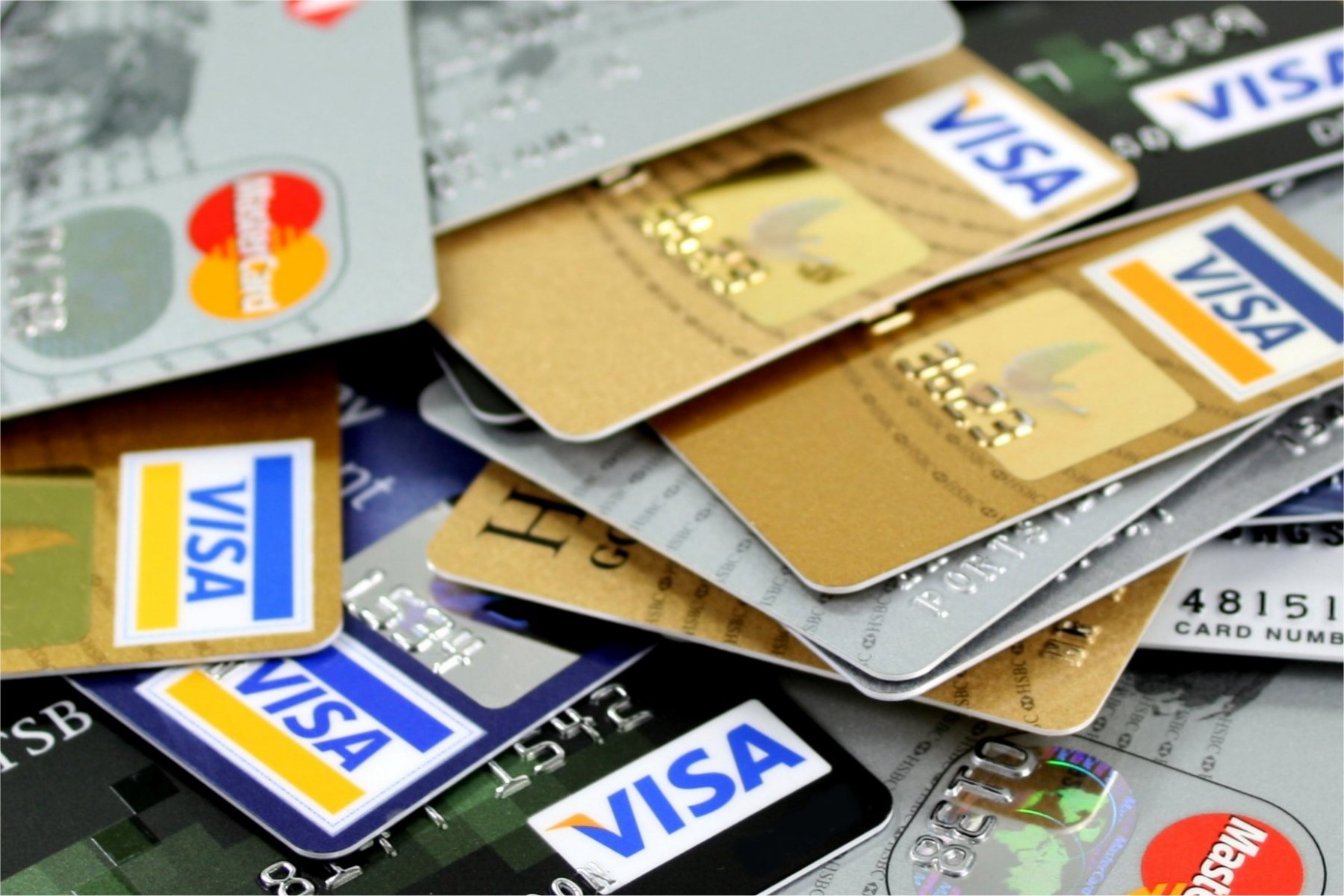
Carding is the practice of using stolen credit card information to make fraudulent purchases. The practice is illegal and can lead to serious consequences for those who engage in it. In this article, we will explore what carding is, how it works, and how you can protect yourself from becoming a victim.
What is Carding?
Carding is a type of credit card fraud that involves using stolen credit card information to make unauthorized purchases. This information is often obtained through data breaches, phishing scams, or by purchasing it on the dark web.
Carding can take many forms, but the most common involves using the stolen credit card information to make purchases online. The carder will often use a proxy or VPN to mask their location and make it more difficult to trace their activity. They may also use a technique called “carding bots” to automate the process of making multiple fraudulent purchases quickly.
How Does Carding Work?
Carding typically involves several steps. The first step is to obtain the credit card information. This can be done through a variety of methods, including hacking into a retailer’s database, using phishing scams to trick people into giving up their credit card information, or by purchasing it on the dark web.
Once the carder has obtained the credit card information, they will typically use a proxy or VPN to hide their location. They will then use the stolen information to make purchases online, often using a technique called “carding bots” to automate the process.
Carding bots are software programs that are designed to make multiple fraudulent purchases quickly. These bots can be programmed to make purchases on specific websites, or they can be set up to make purchases on a large number of websites at once.
After the purchases have been made, the carder will often sell the items they have purchased on the black market for a profit. This can be done through a variety of channels, including online marketplaces and social media.
How to Stay Safe from Carding
The best way to protect yourself from carding is to be vigilant about protecting your personal information. Here are some tips to help you stay safe:
- Use strong passwords: Make sure to use strong, unique passwords for all of your online accounts. This will make it more difficult for hackers to access your personal information.
- Be wary of phishing scams: Be cautious when opening emails or messages from unknown senders, and never click on links or download attachments from these sources.
- Monitor your credit card statements: Check your credit card statements regularly for any unauthorized charges. If you see any suspicious activity, report it to your bank immediately.
- Use two-factor authentication: Many online services offer two-factor authentication, which requires a second form of verification in addition to your password. This can help prevent unauthorized access to your accounts.
- Use a VPN: Consider using a virtual private network (VPN) when accessing the internet, especially when using public Wi-Fi. A VPN can help protect your privacy and make it more difficult for hackers to intercept your data.
In addition to the tips mentioned above, there are other ways to protect yourself from carding. For example, you can use a credit monitoring service to keep an eye on your credit report for any suspicious activity. These services can alert you if someone tries to open a new credit card account in your name, for example, which can be a sign of identity theft.
Another way to protect yourself is to only shop at reputable online retailers. These companies typically have better security measures in place to protect their customers’ personal information. Avoid shopping at websites that you’ve never heard of or that have poor reviews.
If you do become a victim of carding, it’s important to take action as soon as possible. Contact your bank or credit card issuer immediately to report the unauthorized charges. They can cancel your card and issue you a new one to prevent further fraudulent activity.
You should also file a report with the Federal Trade Commission (FTC) and report the crime to your local law enforcement agency. The more information you can provide about the incident, the better the chances are that the perpetrators will be caught.
It’s also worth noting that some individuals who engage in carding are not aware that what they’re doing is illegal. They may be lured into the practice by promises of easy money or peer pressure from others in online forums. However, ignorance of the law is not a defense, and those who are caught can face significant fines and even jail time.
Conclusion
Carding is a serious crime that can have devastating consequences for those who engage in it. By taking steps to protect your personal information and being vigilant about suspicious activity, you can help reduce your risk of becoming a victim of carding.
Remember to use strong passwords, be wary of phishing scams, monitor your credit card statements, use two-factor authentication, and consider using a VPN when accessing the internet. Stay safe!

